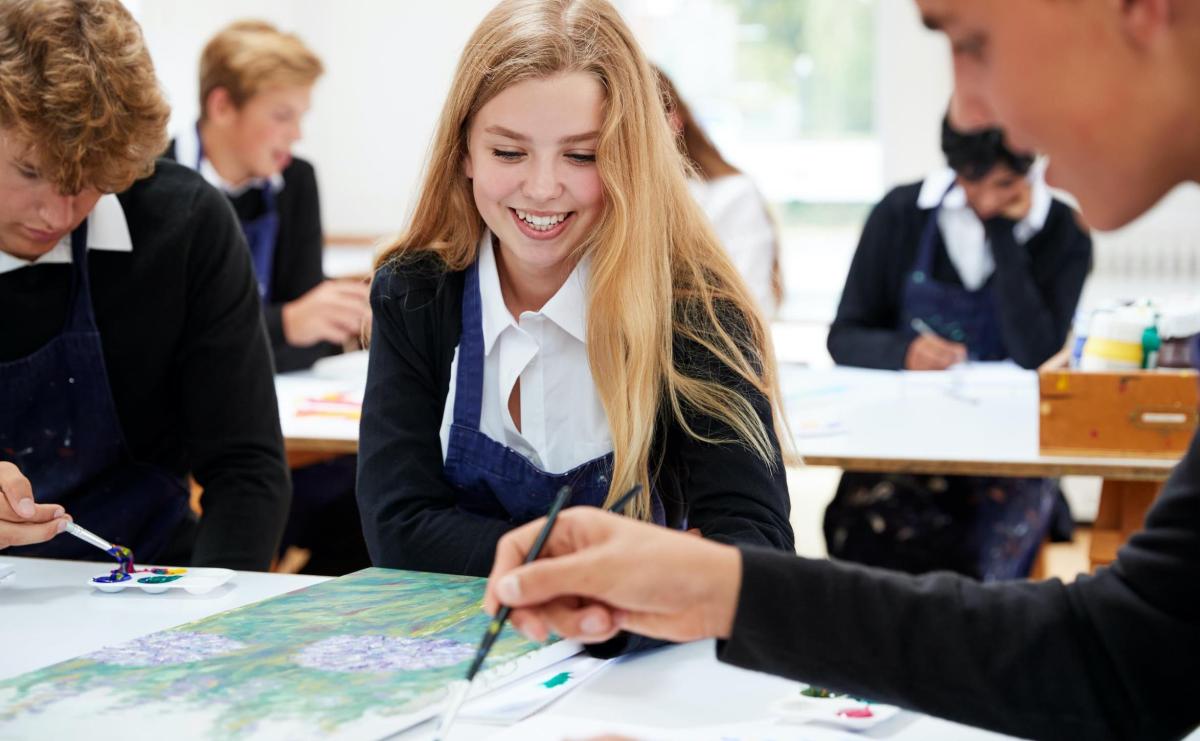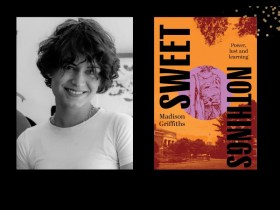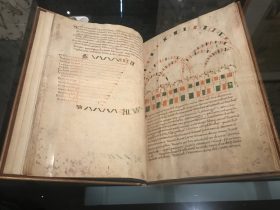In an open letter addressed to The Hon. Dan Tehan MP, Minister for Education, Chair of the National Advocates for Arts Education, Dr John Nicholas Saunders this week (26 August 2020) urged the Federal Government to rethink proposed changes to Creative Arts university fees under the Job-ready Graduates Package draft legislation.
Saunders said the proposed changes could potentially damage the future employability of the next generation of Australians.
The full text of the letter is published below.
***
The National Advocates for Arts Education (NAAE) opposes the Federal Government’s proposed university fees reforms and calls for an equitable tertiary education system that does not target creative arts degrees with increased fees on the basis that this area of study does not lead to employment.
Supporting professional creative arts training translates to an investment in a robust creative industry which makes a vital contribution to both Australia’s economy and to community social well-being as evidenced most recently during the COVID-19 pandemic.
Creative skills have a substantial influence on the economy. Australia’s creative and cultural industries contribute $111.7bn to Australia’s GDP, representing some 6.5% of the economy. Until the pandemic these industries were employing 600,000 people including 50,000 professional artists. Creative employment is growing at nearly twice the rate of the Australian workforce and it is highly likely to continue to grow into the future. The Australian Government Report Creative Skills for the Future Economy, 2019 identified that, “as the trend to automation continues, expanding industries will increasingly rely on creative skills”. Australia does need an innovation policy, but it needs to be broader than STEM (science, technology, engineering and maths) fields. Creative jobs are transforming the Australian economy.
The government should focus on education and training that combines both technical and non-technical skills and support the sustainability of creative industries. Although tertiary students may follow their passion and enrol in discipline area courses that they wish to pursue, it is not fair or reasonable to charge more for a discipline area that often does not have a commensurate salary equivalent, such as medicine. The argument that tertiary students do not factor in the costs of creative arts degrees when electing to pursue higher education in the arts does not acknowledge that tertiary students are now being presented with an unprecedented increase in fees for arts degrees. Further, incentivising other degrees will exacerbate an unevenly skilled workforce, ultimately costing students more when they eventually return to the degree from which they initially intended to graduate.
Claiming that arts degrees do not lead to workforce careers is limited thinking and is not correct. These qualifications enable graduates to undertake a wide variety of employment, as creative artists and in areas such as teaching, community arts, health and wellbeing, and in research. Artists often undertake degrees such as a Master of Teaching, and in combination with their specialised arts study often include the Humanities as their second teaching area such as English, languages, history, geography, law, commerce and social sciences. In the current COVID-19 pandemic situation, teachers are described as essential workers. The proposed fee increase in creative arts degrees could have cascading implications for the recruitment and retention of secondary and senior secondary arts teachers, and be detrimental to the breadth and depth of their specialisations.
Claiming that arts degrees do not lead to workforce careers is limited thinking and is not correct.
Australia’s arts industry is already in a precarious situation as a result of public investment not keeping pace with industry growth, public policy not aligning with industry needs and the impact of COVID-19 and last summer’s fires, storms and floods. As evidenced in the current COVID-19 pandemic, the community has sought solace from the arts to make sense of these unprecedented events, with increased rates of participation and access to a range of online events generously provided for free by arts practitioners, galleries and a range of other cultural institutions. Artists and arts organisations also continue to come forward at catastrophic times to donate their work and their efforts in creating impactful fundraisers that collect millions of dollars for those in neediv.
There are many people in leadership positions in Australia who benefited from free access to university education established in the 1970s. Previously there was a two-pronged system for school-leavers by which students at the end of Year 10 had the option to take up a trade apprenticeship through vocational education. Over the past three decades these two clear feasible and affordable pathways have merged to become a fee-focused university education, leaving students without alternative pathways.
The Bradley Review (2008) recommended increasing the proportion of the population with a higher education qualification with the intention that 40% of 25-34 year olds would have obtained a bachelor-level qualification by this year. One of the ways this can be encouraged is by ensuring that a range of degrees and options is available in order to support the diversity of careers and cultures needed for a balanced Australian society in the twenty-first century. A competitive Australian workforce requires innovative and creative thinkers from a range of discipline areas to contribute to informed perspectives and approaches to national and global issues.
Demand for creative skills is growing across multiple industries. Education contexts across all levels contribute significantly to the nurturing of the creative skills that underpin the arts industry and our wider cultural landscape. The impact of much higher fees for arts courses will likely reverberate in the schooling sector, impacting on student choices of their future university study, including in the arts and arts education. “Around one in seven of those employed in the occupations expected to grow most quickly over the next five years holds a creative qualification. Many of the industries that have grown the fastest—in terms of economic output—employ workforces with relatively high shares of creative qualifications.”iii
In order to ensure that the Australian workforce is equipped with the much-needed creative skills to manage a challenging future, we strongly recommend that the Government does not increase fees for the Creative Arts as part of the proposed university reform.
Yours sincerely,
Dr John Nicholas Saunders
Chair, National Advocates for Arts Education
NAAE is the network of peak national professional arts and arts education association which represent arts educators across Australia. They advocate for all Australian students to have access to all five Arts subjects throughout their primary and secondary schooling.
NAAE members include: Art Education Australia, Australian Dance Council – Ausdance, Australian Society for Music Education, Music Australia, Australian Teachers of Media, Drama Australia and the National Association for the Visual Arts.





